By Rebecca Drew
INCREDIBLE PICTURES reveal how this inspirational woman has finally overcome the hair pulling disorder that controlled her like ‘electric impulses’ and left her with bald patches all over her head after she took the brave decision to shave her head so that her future children don’t suffer the same fate.
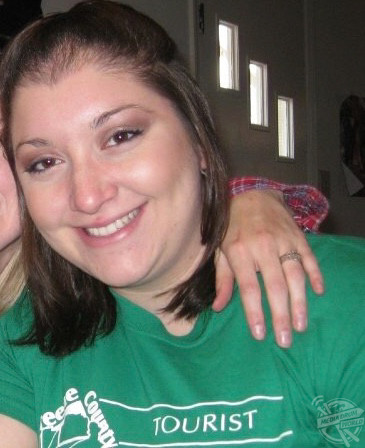
When mindset and lifestyle coach, Jeannette Holian (31) from Silver Spring, Maryland, USA was 12-years-old, she found that she was fascinated by the root of a stray hair on her shirt so started pulling her hair so that she could examine more. At the same time, her parents were going through a divorce which caused her severe stress and anxiety as some family members were trying to manipulate her opinions of other members, and so her trichotillomania worsened.
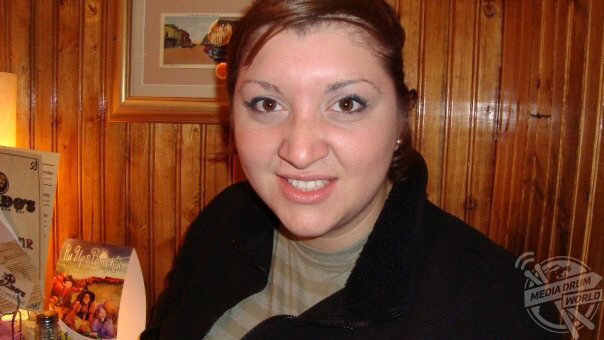
As Jeannette continued to pull her hair, she experienced conflicted feelings of anxiety and relief whilst trying her best to hide bald patches using hairspray, combovers and clip in hair pieces so her friends and family couldn’t find out. When she met her husband, Steve, in 2009, Jeannette was fearful of him accidentally finding out when they were being intimate so she opened up to him early on and he supported her every step of the way.
The turning point for Jeannette came as she turned 30 and began thinking about starting a family and realised that she didn’t want her children to suffer from the same disorder. Exhausting all her options – she decided to shave her head and start again.
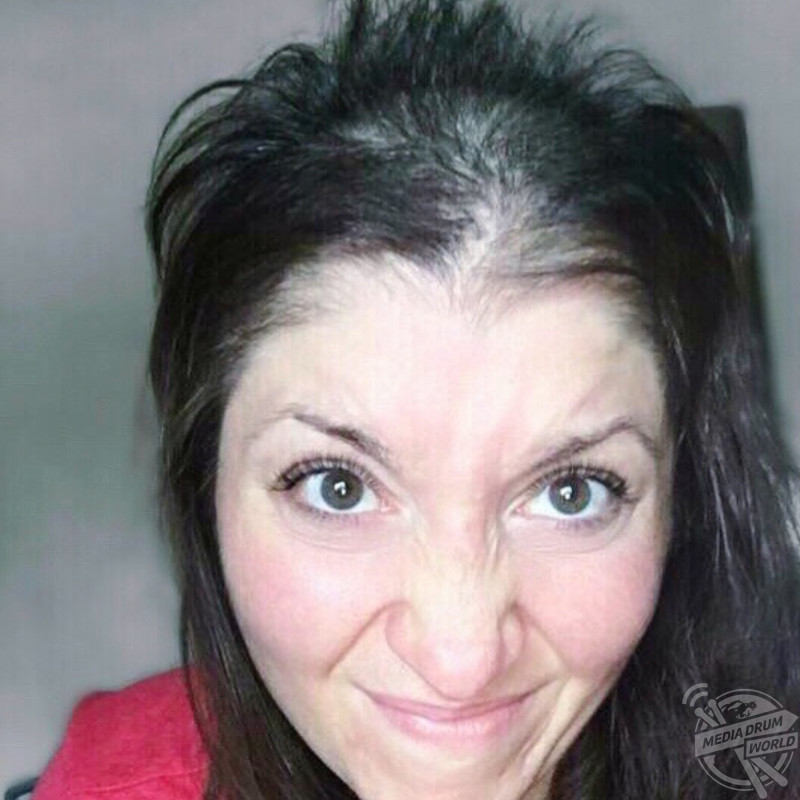
“I’m not sure that one thing triggered it but at this time in my life there were a lot of things happening. My parents were getting divorced and during the divorce some of my family members were ganging up on me and telling me bad things about my mom, mostly either untrue or exaggerated,” Jeannette recalled.
“My dad was keeping me up late at night when I was visiting him and telling me things that are just not appropriate for a 12-year-old to know about with their parents. It would cause me severe stress and anxiety to go to his house.
“I started getting in trouble at school that year too. There was just a lot going on at once that I can recall.
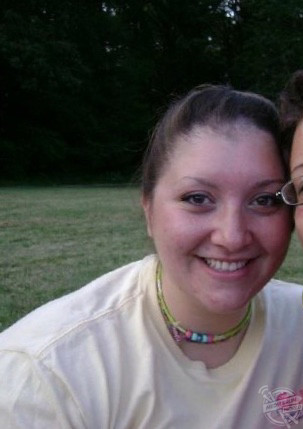
“The condition is so hard to describe to people who do not have it. Your body creates different urges almost like electric impulses. You feel your heart pick up in pace, and a weight on your chest, feeling like nothing will solve it other than pulling that hair.
“I would also bite the ends of the hair and it was soothing to get that “perfect hair” the one that is rough or coarse and you would just hunt for it. If I had a headache I would keep pulling thinking it would go away.
“It’s like once you start you just can’t stop. One hair turns into many and sometimes you even just do it in a trance. You do it mindlessly. I find it affected me most when I was either over stimulated: stressed, overwhelmed, anxious, OR when I was under stimulated: bored, watching tv, mindless, before bed.
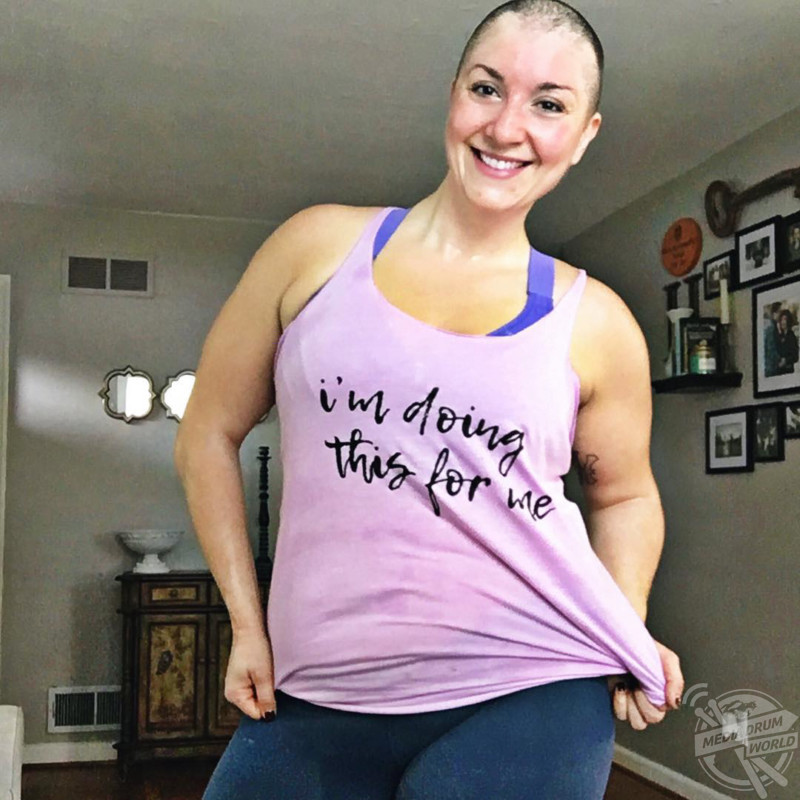
“When I was pulling my hair, it was weird because it simultaneously creates a feeling of relief and anxiety. It makes you feel relief for pulling it, like you can breathe again. It makes you feel anxious because you know you’re creating a bald spot while you think, just one more, just one more.”
Trichotillomania, also known as trich is a hair pulling disorder when someone can’t resist the urge to pull out their hair.
Jeannette described how the condition affected her life and the decision to shave her head.
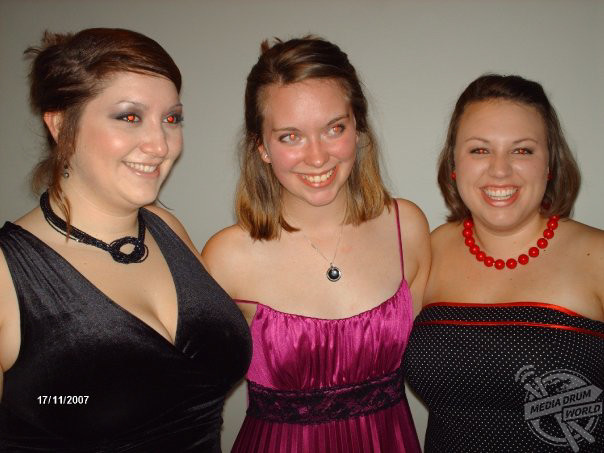
“I constantly felt as if I couldn’t live a normal life. When I would go to conferences or on trips with friends I would have to think through how to get ready without them seeing my bald spots and get my hair piece on. I would sleep in my hair piece and a head band which would cause more irritation that would trigger me to pull,” she said.
“You see for a long time I had bald patches I covered with tons of hair spray and comb overs until it got too bad and too hard to cover. Then I bought a false bang to clip in that allowed me to cover some of my bald spots. After that I got a top piece that was basically a part enhancer. It allowed me to cover my bald spots but I was always afraid of wind blowing and showing a spot or blowing off part of my top piece.
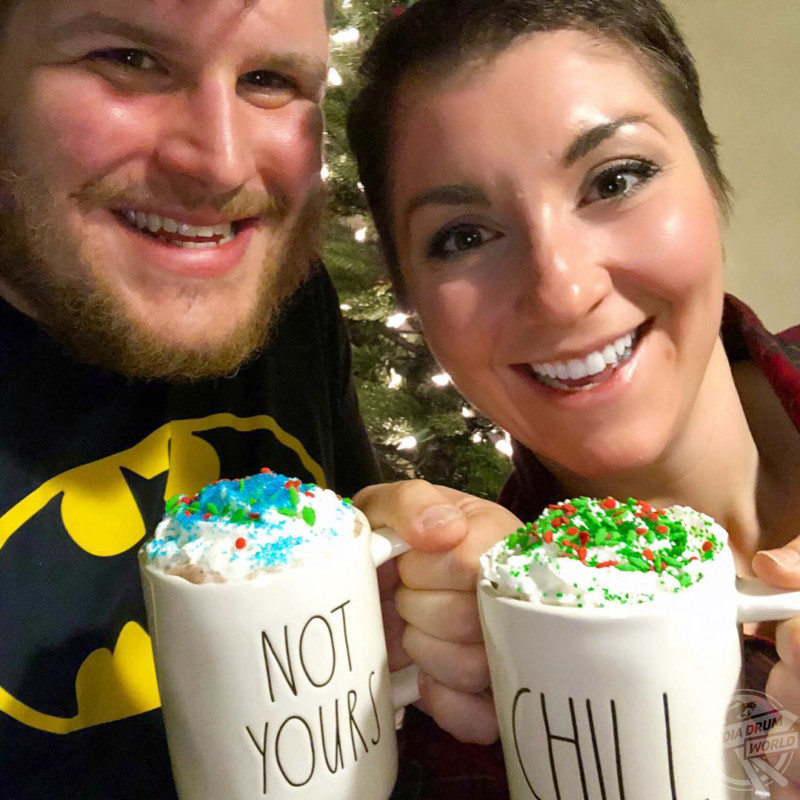
“I was deathly afraid to ride roller coasters because that would come off and I couldn’t wear a hat because so would it. Then during grad school my bald spots got worse. I used another bigger hair piece after I graduated to cover the bald spots and I always had a back up just in case.
“It was the constant thing I had to worry about so I wouldn’t be discovered. I had to wear hair or a hat to the gym. You don’t realise how uncomfortable stuff like that is until you have to do it.
“Having to think through what you can say yes and no to is so hard. Every time I said yes to being in someone’s wedding I was scared to death we’d get professional hair and makeup and I’d have to explain it.
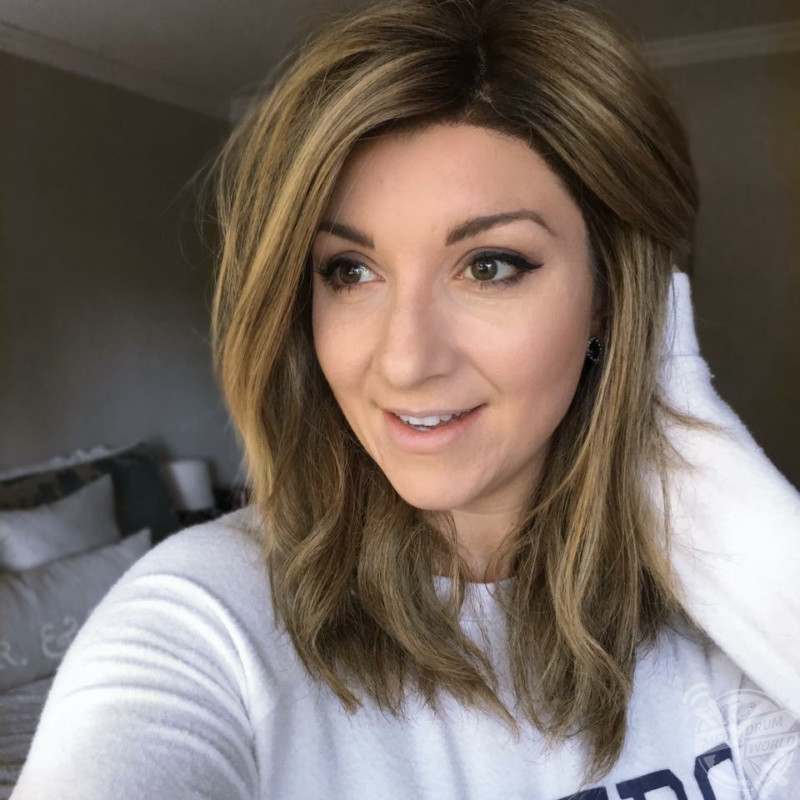
“The only time I ever talked about it was when I had professional hair for a shoot or something and told the stylist in private and even then I lied and said I had ‘medical hair loss’ because I was too afraid to say anything.
“I was scared to death to tell my husband but it scared me more that he could potentially find out by accidentally playing with my hair or when we’re kissing or being intimate. So, I opened up to him early in our relationship and he was super supportive. It was just always a fear.
“I started to look at becoming pull free as a lifestyle change. First, I came out on social media about it. I shared that I had this with everyone. It was like looking the monster in the face, confronting it and saying I am not afraid of you.
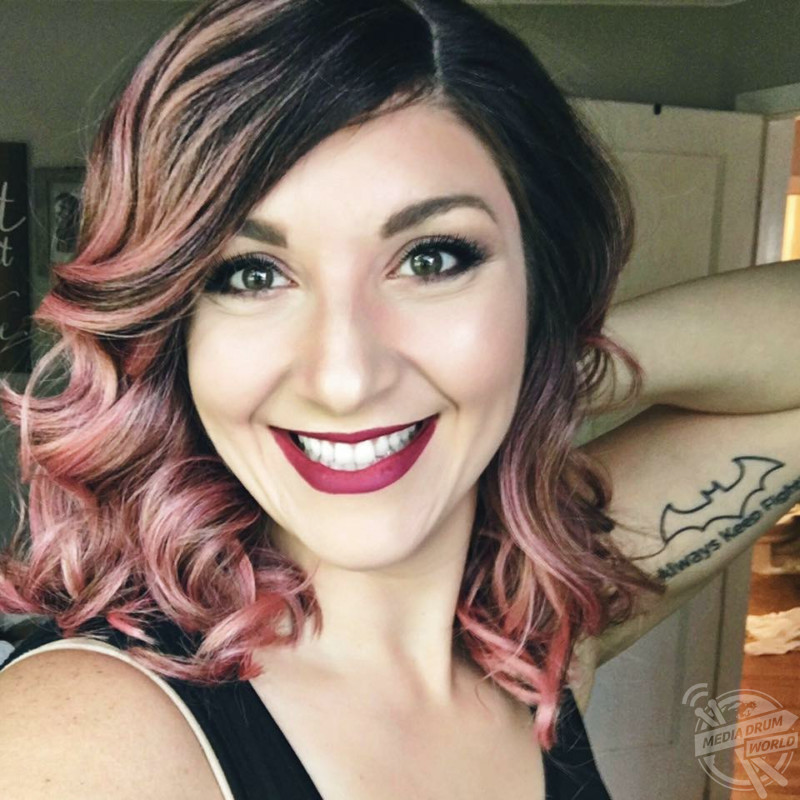
“It takes away the power when you call it out and recognise trichotillomania for what it is – I spent years not using the word because it’s such a gross sounding word. This helped too so I could wear wigs during the day and not when I worked out and people knew why my hair looked different. It was freeing.
“I focused on meditation, on saying good things to myself, on affirmations and gratitude. Every day. It was hard though while working on this and looking in the mirror and seeing my bald spot in the middle of my head, even if it was getting better. I wasn’t totally pull free but I was barely pulling – so I finally decided shave my head.
“I felt so liberated so between doing the work and feeling like I had a fresh start I felt empowered. I saw progress, I felt as if my hair grew back it would be from a new me not the old me.
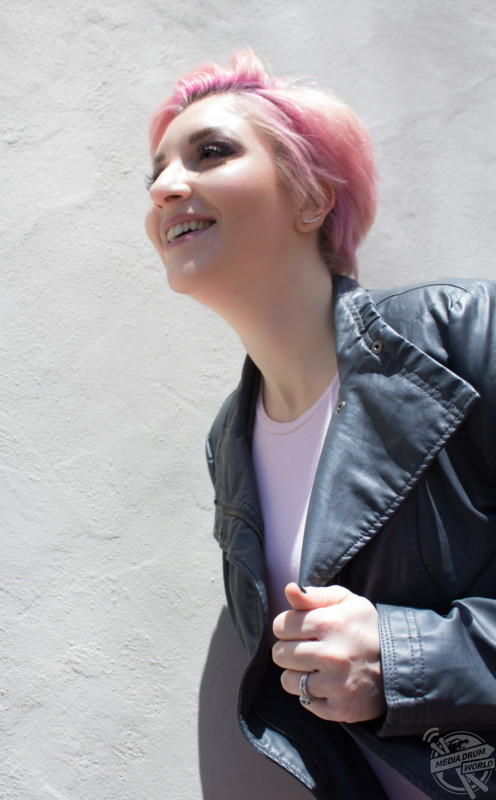
“The best thing about overcoming it has been the freedom to feel the wind in my hair, to be able to get wet in the rain, to have bed head and not care, not to have my house coated in hair spray or carry a pocket hair spray or be afraid of someone finding out.”
Jeannette shares her journey on Instagram and shared her advice to others.
“I would tell people that they are not alone. That I felt alone for so long but find a community you feel comfortable with. Finding one online helped me to realise that all the stuff I thought was weird is so normal,” she said.
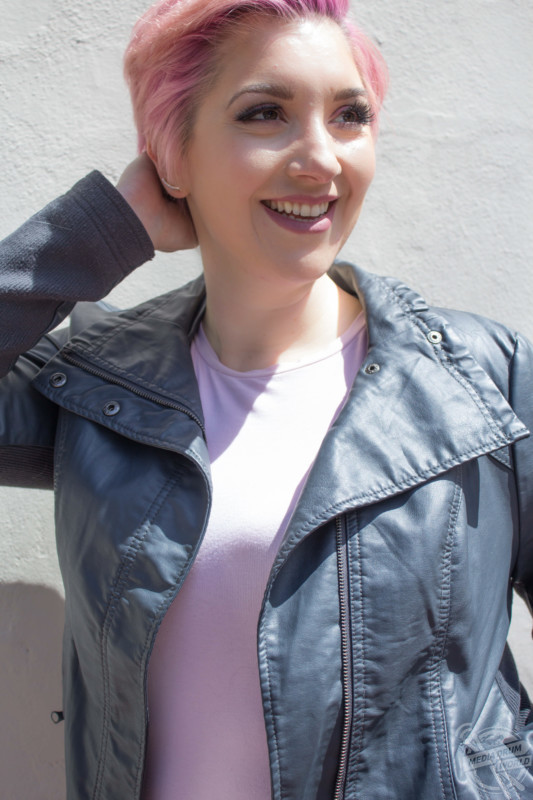
“It helped me read about different methods people used and helped me see that when one didn’t work for me it’s not a failure.
“Nothing you do to try to work in this makes you a failure. It’s a lot of trial and error, just keep loving yourself and working on your heart and realise that having this disorder doesn’t make you weak it makes you really freaking strong.
“I want people to know there is hope and there is freedom, and that it looks different for everyone but that I’m here and they’re not alone.”
For more information see www.instagram.com/jeannette.holian







